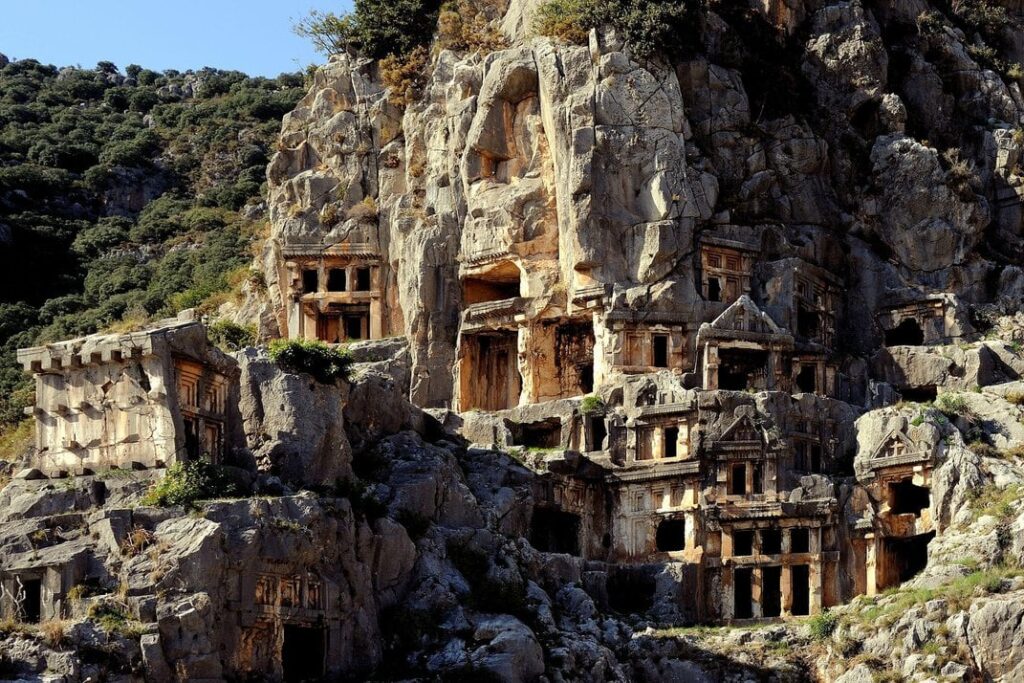2,000-Year-Old Terracotta Figurines of Deities, Mortals, Animals Found in Turkey
Some of the petite sculptures still bear traces of the pigments used to decorate them.

Turkish archaeologists studying the ruins of the ancient town of Myra have found more than 50 terracotta figurines depicting humans, gods and animals.
The team, working on behalf of Akdeniz University and Turkey’s Ministry of Culture and Tourism, excavated the town’s 12,000 seat Roman-era theater and an older, smaller theater located below it this past summer.
They found the figurines in the older structure, which dates to the Hellenistic period (spanning Alexander the Great’s death in 323 B.C to the rise of the Roman Empire around 31 B.C.).
Dig leader Nevzat Çevik, an archaeologist at Akdeniz, tells Yasemin Saplakoglu that the art’s discovery was “an unexpected big surprise.”
He adds, “It is as if the people of ancient Myra were resurrected and ran through the time tunnel all together and came to our day.”
The statuettes, each standing just a few inches tall, include rams, horsemen, women with children and a boy carrying fruit, as well as mythic figures like Leto, Artemis, Apollo and Heracles.
Çevik tells the Demirören News Agency that some of the figures still bear traces of the red, blue and pink pigments used to paint them.
“The fact that the dyes on them are partially preserved shows us the color of clothes they wore in their time,” he says.
In addition to the terracotta figures, the team found ceramic, bronze, lead and silver artifacts scattered around the Hellenistic theater.


Myra, located near the mouth of the Andriacus River on the southern coast of modern-day Turkey, was an important Mediterranean port city for thousands of years, falling under the control of different regional forces over the centuries.
Per Encyclopedia Britannica, it was one of the most important towns in ancient Lycia, a confederation of maritime cities dating back in some form to the 14th century B.C. In the sixth century B.C., Persian forces conquered Lycia, which later came under Roman control before becoming its own Roman province around the fourth century A.D.
Among Myra’s best-known features are rock-cut tombs, many of which look like wooden houses and shrines, carved into its hills between the fifth and third centuries B.C. The city’s huge Roman theater, built in the third century A.D., is known as one of the most impressive in Anatolia.
The Hurriyet Daily News notes that excavations at the site have been ongoing for more than a decade. Over the summer, project coordinators brought dozens of researchers and workers to the site in Antalya’s Demre district.
“I can say that the excavations we carried out in the Myra Ancient City Theater this summer gave one of the most important gifts of the year to Anatolian archaeology,” Çevik tells Hurriyet.
In addition to many complete figurines, Live Science reports that the team found more than 50 heads without bodies—discoveries that suggest more artifacts are still waiting to be discovered.
For now, the team is continuing to piece together remnants of additional figurines. It plans to share them with the Museum of Lycian Civilizations in Demre.
